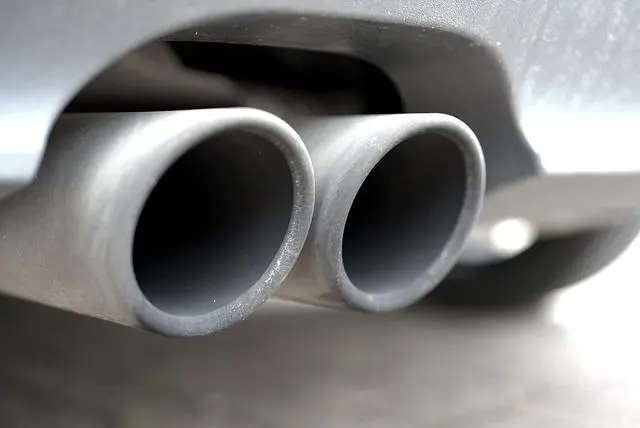- cross-posted to:
- europe@lemmy.ml
- collapse@lemmy.ml


- cross-posted to:
- europe@lemmy.ml
- collapse@lemmy.ml
cross-posted from: https://feddit.it/post/6569904
It’s not a typo: plug-in hybrids are used, in real word cases, with ICE much more than anticipated.
In the EU, fuel consumption monitoring devices are required on new cars. They studied over 10% of all cars sold in 2021 and turns out they use way more fuel, and generate way more CO2, than anybody thought.
The gap means that CO2 emissions reduction objectives from transport will be more difficult to reach.
Thruth is, we need less cars, not “better” cars.

That doesn’t mean what you think it means:
“For plug-in hybrid electric vehicles, the real-world CO2 emissions were on average 3.5 times higher than the laboratory values, which confirms that these vehicles are currently not realising their potential, largely because they are not being charged and driven fully electrically as frequently as assumed.”
This is mostly an infrastructure issue. If these cars had readily available charging points, that wouldn’t be the case.
It means exactly what I think it means. The reported emissions are way off those that are actually achieved in real life.
If we assume your assertion is actually correct (the study says nothing about the availability of charging infrastructure), how much do we need to build? And are we sure that once it is built, people will actually use it? Would it not be better to instead invest in infrastructure for other modes of transport that don’t involve 2 tons of vehicle to transport one person?
Well, my point was that hybrid cars only will “realize their potential if there’s infrastructure to support it”.
Your point is good though: We should use pragmatism and review if it’s cheaper to build charging points or expand public transportation, especially in non-urban scenarios.
What I often see missing in most places that does exist in Eastern Asia, are services from shops to bring you stuff home relatively cheaply and with better quality than just throwing a package in your lawn.
I’m also not seeing public transportation projects trying to compete with traditional options, which does happen in Eastern Asia.
I’ll choose the car unless public transportation is a better option.
In Tokyo, that’s almost never the case, but in EU or the US, I’ve often seen public transportation (except from some selected cities) as an option for people without a car.
If you live low enough you have multiple 230V 16A charging points